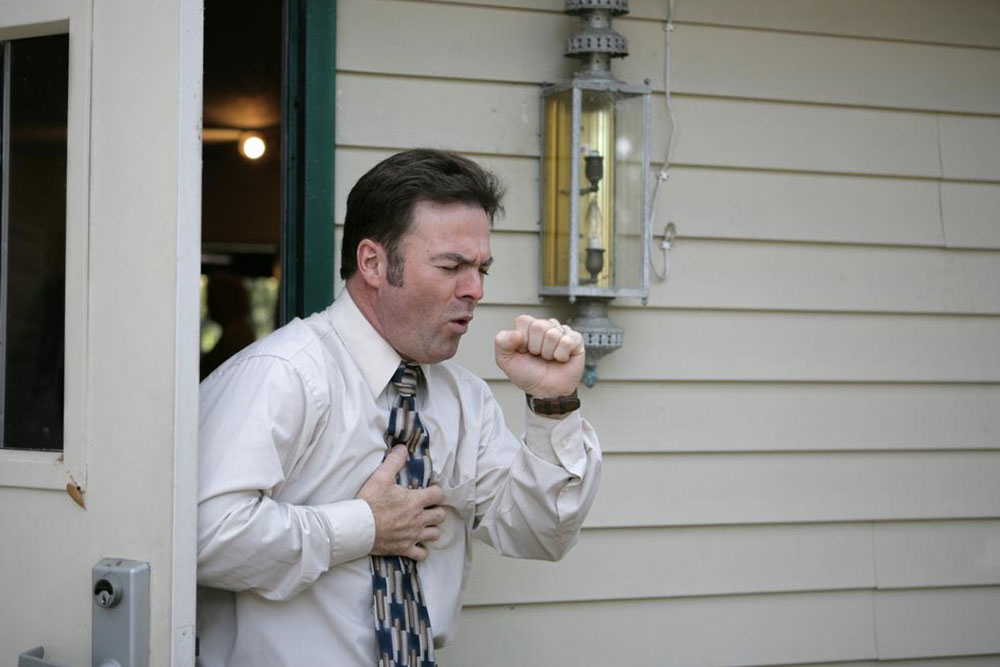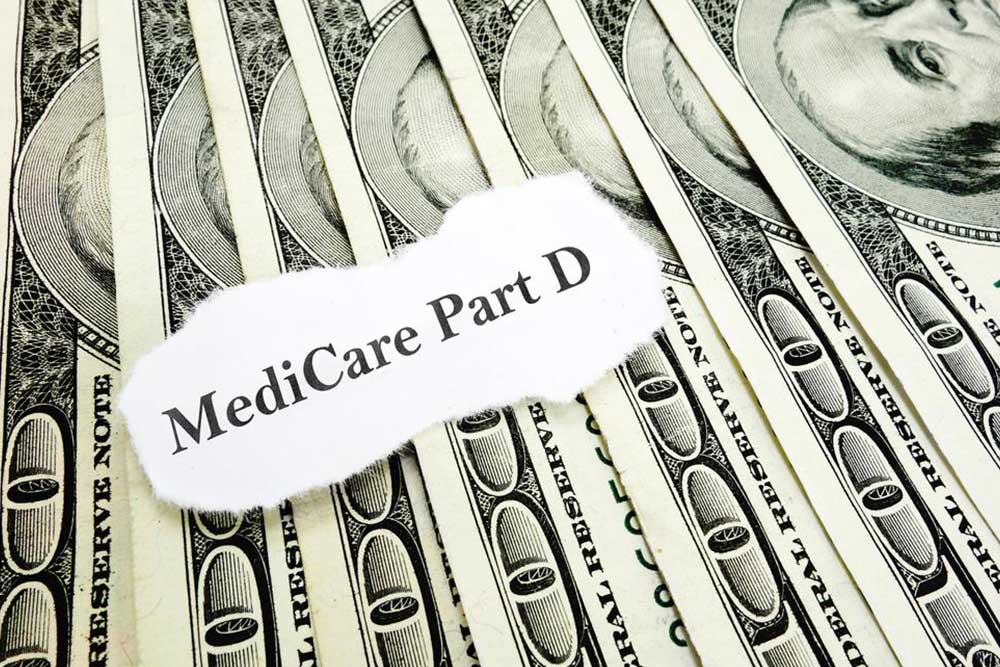Proven Methods for Controlling MRSA Infections
This article explores effective strategies for controlling MRSA infections, emphasizing the importance of early detection, medical treatment, and rigorous home care. It highlights MRSA's transmission, symptoms, and preventive measures for better health outcomes, especially among children and vulnerable populations.

Strategies and Precautions for Managing MRSA
Methicillin-resistant Staphylococcus aureus (MRSA) is a bacterial strain that withstands many common antibiotics. While similar to regular staph infections, treating MRSA requires targeted therapies due to its antibiotic resistance. Often termed a superbug, MRSA poses treatment challenges unless specific medications like vancomycin or linezolid are used. Although classified as a rare disease, its incidence is increasing, especially among children, who are more prone due to sharing toys and close interactions, raising infection risks.
Understanding how MRSA spreads is crucial for effective management. The infection transmits through poor hygiene and close contact, making children particularly susceptible through play and shared objects. Adults in hospitals or healthcare facilities, especially those undergoing surgeries or dialysis, are also at increased risk. Individuals with artificial joints or open wounds have a higher chance of infection. Recognizing symptoms early and seeking medical care are vital for successful treatment outcomes.
Typical MRSA symptoms include swollen, tender bumps that resemble spider bites, warmth in affected areas, fever, pus, and hard lumps. In children, it commonly affects damaged skin or cuts. Ignoring these signs can result in bacteria penetrating deeper tissues, leading to serious health complications, even risking life if untreated.
Managing MRSA involves proper medical treatment and patient care. Physicians may prescribe oral antibiotics combined with topical treatments to prevent bacterial spread into the bloodstream, which could cause pneumonia. Completing the full medication course is critical, and early discontinuation can worsen the infection. Proper therapy eradicates bacteria from tissues and prevents recurrence. Household members may also receive preventive measures to avoid transmission, especially when children are involved.
Home Care Tips
Alongside medication, diligent home care accelerates recovery. Patients should minimize unnecessary movement, maintain impeccable hygiene, and keep fingernails short to prevent bacterial spread. Personal items and clothing should be washed in hot water regularly, with bedding changed bi-weekly and sun-dried to reduce germs. Use antibacterial soaps such as chlorhexidine during bathing, while avoiding scented products. Applying prescribed antibiotic ointments to cuts and covering them with sterile dressings helps prevent further infection. Consistent hygiene practices are essential for controlling MRSA at home and ensuring quick recovery.


